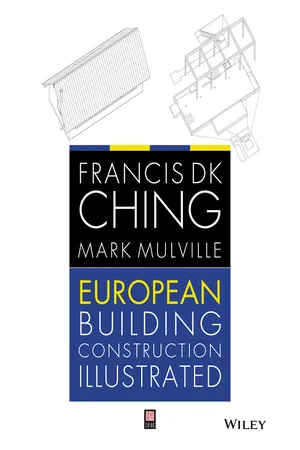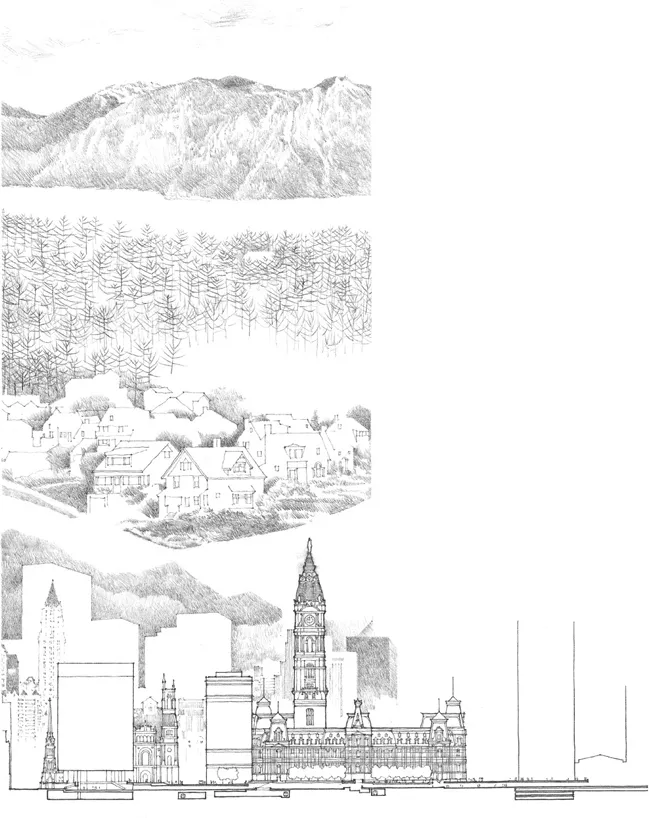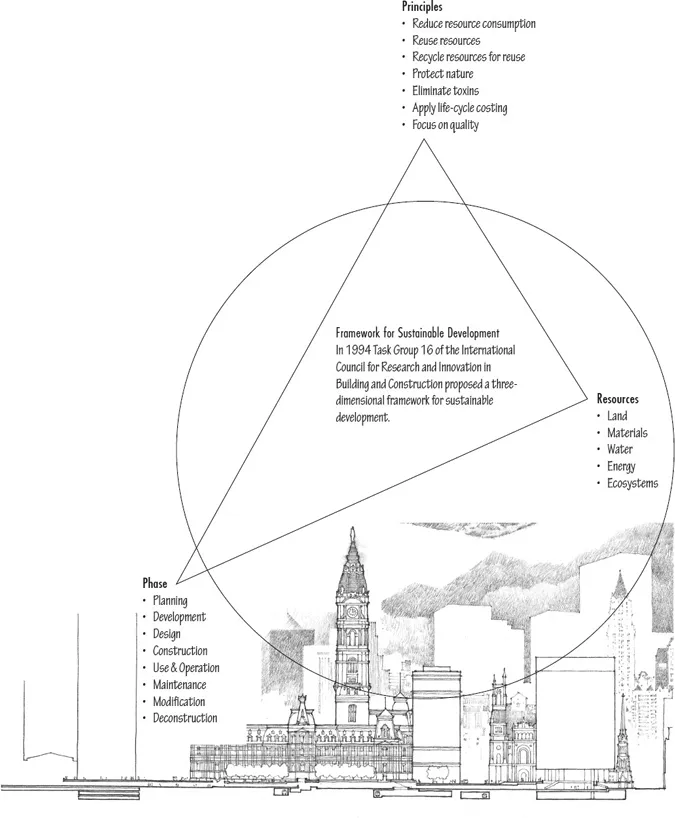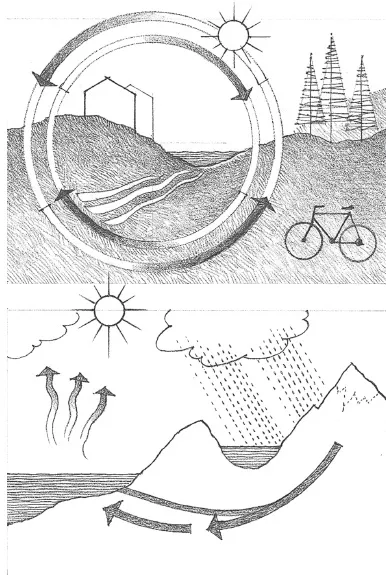
- English
- ePUB (mobile friendly)
- Available on iOS & Android
European Building Construction Illustrated
About this book
The first European edition of Francis DK Ching's classic visual guide to the basics of building construction.
For nearly four decades, the US publication Building Construction Illustrated has offered an outstanding introduction to the principles of building construction. This new European edition focuses on the construction methods most commonly used in Europe, referring largely to UK Building Regulations overlaid with British and European, while applying Francis DK Ching's clear graphic signature style. It provides a coherent and essential primer, presenting all of the basic concepts underlying building construction and equipping readers with useful guidelines for approaching any new materials or techniques they may encounter.
European Building Construction Illustrated provides a comprehensive and lucid presentation of everything from foundations and floor systems to finish work. Laying out the material and structural choices available, it provides a full understanding of how these choices affect a building?s form and dimensions. Complete with more than 1000 illustrations, the book moves through each of the key stages of the design process, from site selection to building components, mechanical systems and finishes.
- Illustrated throughout with clear and accurate drawings that effectively communicate construction processes and materials
- Provides an overview of the mainstream construction methods used in Europe
- Based around the UK regulatory framework, the book refers to European level regulations where appropriate.
- References leading environmental assessment methods of BREEAM and LEED, while outlining the Passive House Standard
- Includes emerging construction methods driven by the sustainability agenda, such as structural insulated panels and insulating concrete formwork
- Features a chapter dedicated to construction in the Middle East, focusing on the Gulf States
Frequently asked questions
- Essential is ideal for learners and professionals who enjoy exploring a wide range of subjects. Access the Essential Library with 800,000+ trusted titles and best-sellers across business, personal growth, and the humanities. Includes unlimited reading time and Standard Read Aloud voice.
- Complete: Perfect for advanced learners and researchers needing full, unrestricted access. Unlock 1.4M+ books across hundreds of subjects, including academic and specialized titles. The Complete Plan also includes advanced features like Premium Read Aloud and Research Assistant.
Please note we cannot support devices running on iOS 13 and Android 7 or earlier. Learn more about using the app.
Information
CHAPTER 1
THE BUILDING SITE
1.02 BUILDING IN CONTEXT

1.03 SUSTAINABILITY

1.04 GREEN BUILDING

Table of contents
- Cover
- Half Title page
- Title page
- Copyright page
- Preface
- Chapter 1: The Building Site
- Chapter 2: The Building
- Chapter 3: Foundation Systems
- Chapter 4: Floor Systems
- Chapter 5: Wall Systems
- Chapter 6: Roof Systems
- Chapter 7: Moisture & Thermal Protection
- Chapter 8: Doors & Windows
- Chapter 9: Special Construction
- Chapter 10: Finish Work
- Chapter 11: Mechanical & Electrical Systems
- Chapter 12: Notes on Materials
- Chapter 13: Construction in the Middle East
- A: Appendix
- Bibliography
- Key Search Terms